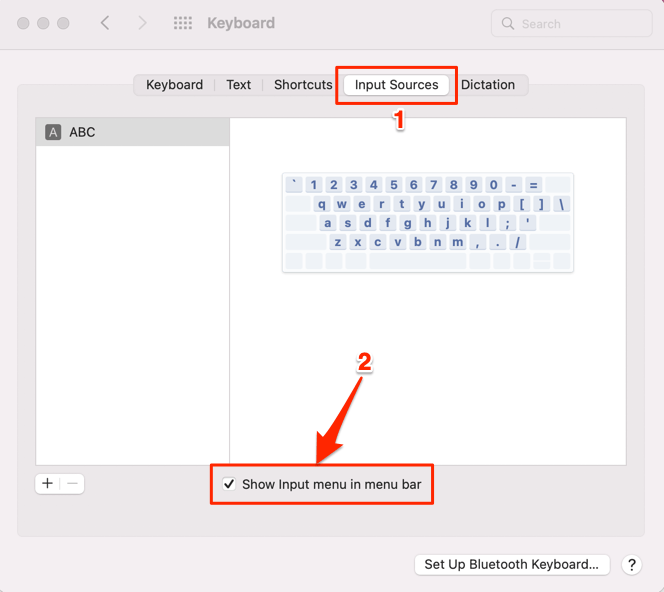

- #Emoji keyboard shortcut for mac how to
- #Emoji keyboard shortcut for mac mac os x
- #Emoji keyboard shortcut for mac plus
Whenever you press a key, Keyboard Viewer gives you feedback, and if you press Shift, Option, or Shift-Option, it shows you what characters you can type. Click that menu and choose Show Keyboard Viewer. To access it, open System Preferences > Keyboard > Keyboard and select “Show Keyboard, Emoji & Symbols Viewers in menu bar.” That puts a new icon in your menu bar, either a flag representing your language or a square icon with a ⌘ symbol in it. How can you learn those shortcuts? With the Keyboard Viewer, a floating window that shows what pressing any combination of keys will insert. Using the Option key to type special characters remains the fastest and easiest way to enter commonly used ones. To re-enable that functionality, enter this command into Terminal and relaunch the app in question (revert the setting by changing false to true at the end):ĭefaults write NSGlobalDomain ApplePressAndHoldEnabled -bool false Second, it prevents you from holding down a key and having it repeat. First, it can be flaky, and the recommended fix is to add a French or Spanish keyboard to System Preferences > Keyboard > Input Sources and then restart. The Character Picker suffers from two problems. Then click the accented character you want, or press its corresponding number. Just press and hold the key for the character until the Character Picker appears.
#Emoji keyboard shortcut for mac mac os x
It was hard to remember all the combinations, so starting in Mac OS X 10.7 Lion, Apple added an easier way, the Character Picker. The trick is to type the keyboard shortcut for the accent, such as Option-U for an umlaut, followed immediately by the character you want underneath. The Option key also helps you type accented characters like the umlauts necessary for a proper rendering of metal band Mötley Crüe’s name.


You could even add Shift to get more characters, so Shift-Option– (minus) gives you an em-dash - character.
#Emoji keyboard shortcut for mac how to
(That said, we’re not going to get into how to type in languages that use different scripts.)Įverything we talk about here applies to OS X 10.11 El Capitan in earlier versions of OS X, menu commands, keyboard shortcuts, and interface controls may differ. So whether you’d like to insert an eggplant ? emoji in a text message, give a price using the euro € symbol, or just use the Command key ⌘ symbol in a keyboard shortcut, it’s good to know how to access all the characters you can type on your Mac. Emoji? Just another symbol character set in Unicode.
#Emoji keyboard shortcut for mac plus
Those characters come from modern and historic scripts, plus multiple symbol sets. Even that’s just the tip of the iceberg, thanks to Apple’s support of Unicode, which makes it possible to enter more than 128,000 characters. You can press the Shift key to get uppercase letters, and the Option key provides access to numerous other characters. But nothing could be further from the truth. It’s easy to look at your keyboard and assume that its keys represent all the characters you can type. OS X Hidden Treasures: Typing Exotic Characters



 0 kommentar(er)
0 kommentar(er)
